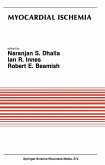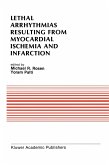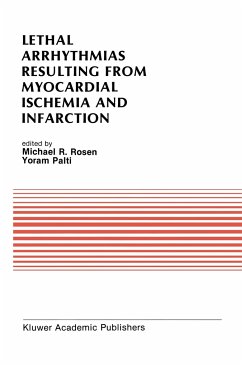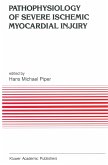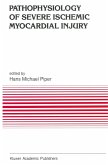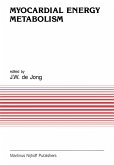Over the past years, the thrust of research in cardiology has been toward an understanding of the engineering of the heart as a pump that transports blood to the various organs of the body. More recently, the fields of biochemistry and biophysics have come to influence heart research. The modern cardiologist can no longer pretend to understand, for example, what is happening to the patient with myocardial infarction or ischemia without understanding the principles of molecular biology. The structure and function of the heart are therefore central themes of cardiological research and practice, which incorporate knowledge and discoveries from diverse disciplines. The importance of lipid metabolism in the myocardium has become clearly understood. In the well-oxygenated heart, fatty acids are the preferred substrates. The fact that the heart derives most of its energy from the oxidation of lipids, which represent the larg est energy store of the body, is logical for an organ that must work throughout our lifetime. There are, however, several lines of evidence that during ischemia, lipids may. be harmful to the heart. High levels of free fatty acids in the serum have been suggested to play a role in causing life-threatening arryhthmias and damage in the ischemic heart. The molecular basis for these effects remains poorly understood, and several possible mechanisms for these harm ful effects have been suggested.


